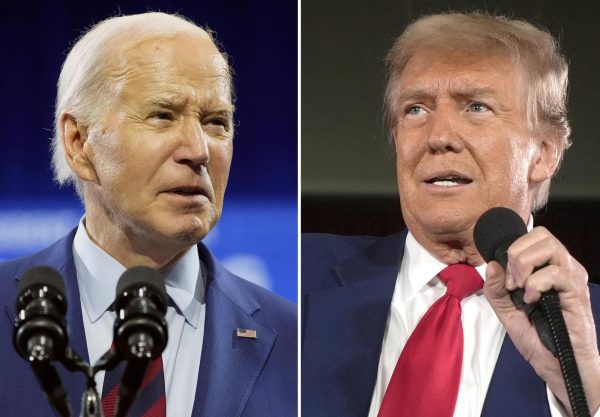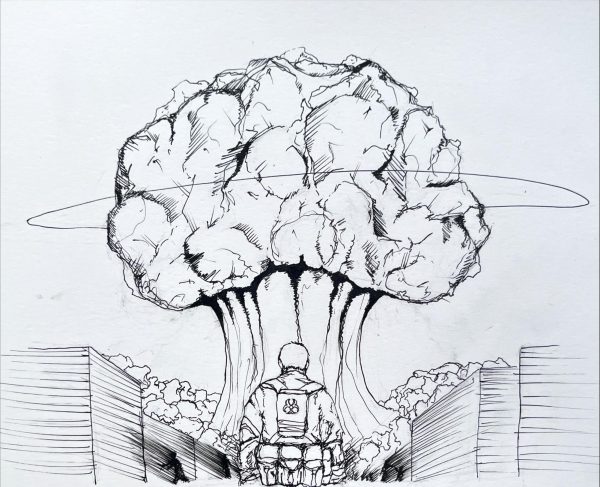NIU students deserve to know what their fees pay for
Students are paying tens of thousands to attend NIU. It’s important to know where your money is going and how it is being used to benefit your college experience.
Northern Illinois University’s affordable tuition is an appealing and recognizable feature of the school. However, when the “general fee” charged to students each semester amounts to 22.27% of the cost of tuition – and is only the beginning of the semester fees demanded of students – it’s important to know where your money is going.
Consequently, it is the school’s responsibility to be forthright about what they are using the tens of millions of fee money for to its students.
According to the Board of Trustees Special Meeting report dated Feb. 10, 2022, the general fee consists of three parts for undergraduate students: the Student Support Services fee, the University Advancement fee and the Athletic fee. For the 2023 fiscal year, students will pay $36.07, $21.90 and $32.89 respectively every semester for each credit hour they are enrolled in up to a maximum of 12 credit hours.
The report details that the Student Support Services fee supports student activities and services, the Holmes Student Center operational costs, a health and wellness charge, NIU merit-based scholarships and financial aid, all costs associated with campus recreation centers, the Northern Star Student Newspaper, arts/culture and theater performances availability to students and programs for cultural diversity.
The University Advancement fee supports capital improvement costs – the costs associated with operating several brick and mortar campus buildings – and transportation access for students.
The Athletic fee supports the athletics program and providing students free access to games as well as operational costs for the Convocation Center and the Huskie Stadium.
The report deconstructs these costs further, yet it feels troublesome that this information isn’t easily accessible to students. This breakdown isn’t posted with the tuition and fee information on the Office of the Bursar website and isn’t sent out to students with their semester charges a few weeks into classes. Without thoroughly following the Board of Trustees schedule, it seems plausible that students wouldn’t have information on what their fees attend to nor where they could seek out that data.
It is also arguable that some of the descriptions allotted to each charge don’t concretely disclose what the money will be used towards.
According to the BOT report, “Health and Wellness Charge allows students to use Health Services with little to no direct cost to students and helps fund programming that promotes wellness and healthy lifestyle choices and related state and federally mandated education and awareness campaigns.”
For $94.80 a semester a full-time undergraduate student with 12 credits or more, should receive access to health services on campus for little to no cost – yet students are still responsible for paying $1,329.50 a semester for student health insurance or providing proof of third-party insurance. It seems that these charges are intended to offset the same provisions, but students are still responsible for two separate costs.
Moreover, full-time students with 12 credits or more, are responsible for $178.80 of capital improvement costs each semester which are said to go towards “educational and support facilities for students, faculty, and staff.” Yet, with the BOT recently approving the sale of the NIU Hoffman Estates Campus, it is important for school administration to be upfront with students on how that charge will decrease with one less campus to maintain.
The BOT Special report states that of the $32.89 Athletic fee per credit charge, $22.29 goes towards the athletics program which “supplements the University’s diverse athletic programs and provide[s] students with a means to enjoy the athletic events without direct cost to the student.” This is 67.77% of the total Athletic fee which is in of itself more than a third of total fees per semester.
How is that money being used to benefit students that don’t attend games or participate in athletics? How much does it cost to provide free attendance to games for students relative to the amount of money the school is collecting while using a third of the funds for one program?
As a student paying tens of thousands to attend school here, it’s important to know where your money is going and how it is being used to benefit you. Until the school becomes upfront on what they are charging you and why, ask all of the questions that you can.















